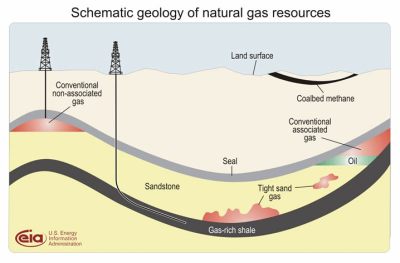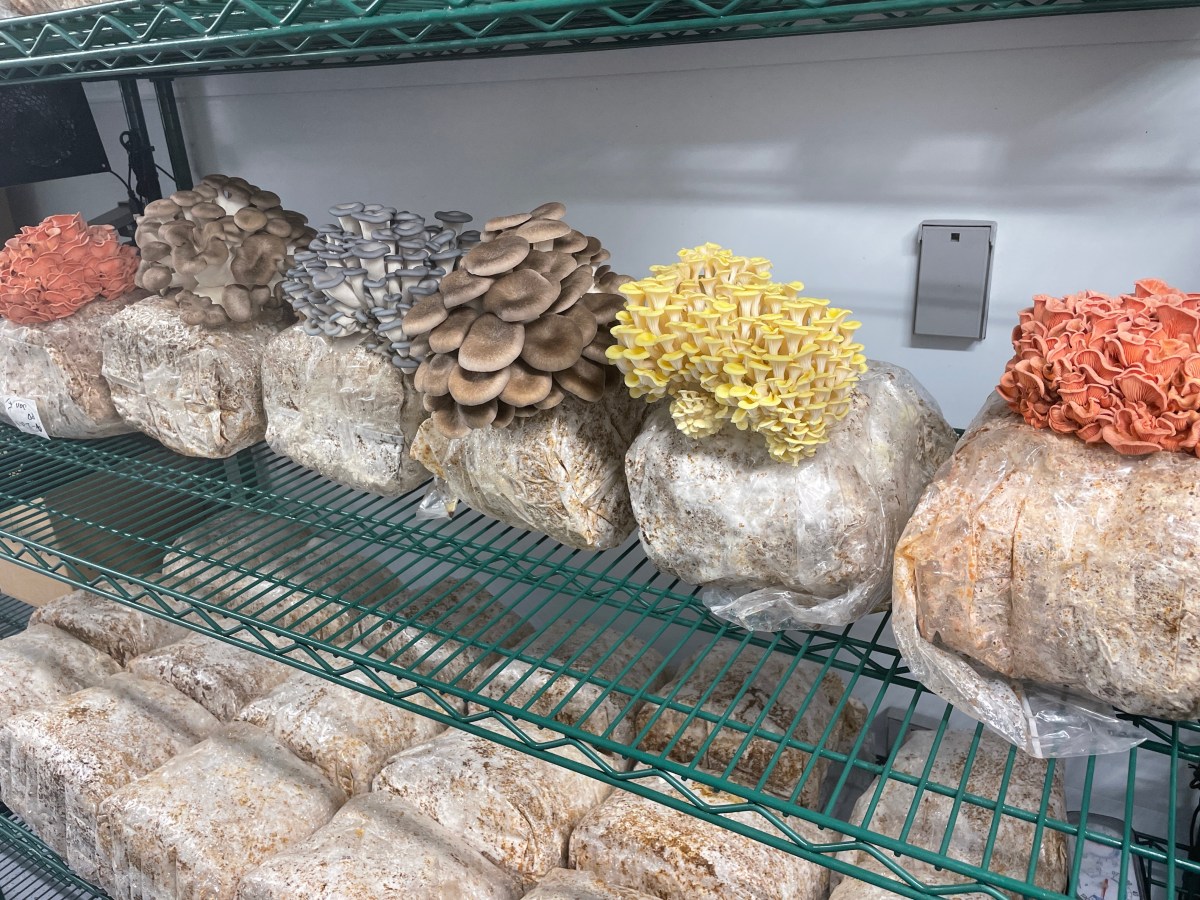How resilient is the natural gas network?
A few years ago, I managed to get on a mailing list from a guy who thought he was an energy expert. In fact, it seemed that no area was beyond his expertise, and the fact that EVERY EMAIL FROM HIM CAME WITH A CAPITALS SUBJECT LINE WITH LOTS OF EXCLAMATION POINTS!!!! really sealed the deal on his good faith. One of the facts he liked to brag about was that natural gas was the perfect fuel. Not only is it clean and relatively cheap, but it's also delivered directly to consumers using a fully self-powered network. Even under "zombie apocalypse" conditions, he claimed natural gas would continue to flow.
At the time, that seemed like a bit of a stretch, but I thought there was at least some truth to it — enough that I went from an electric stove and water heater to gasoline-powered appliances a few years ago. , and gas fireplaces added for extra heating. I kind of took it for granted that the gas would flow, at least until the recent mess on the Nordstream pipeline. It was then that I saw images of the huge turbine compressors needed to run this pipeline, the size and complexity of which seem to belie claims about the self-powered nature of natural gas networks.
Surely a system dependent on such equipment couldn't be entirely self-powered, right? This question and others swirled doubt in my mind, and so I did what I always do in these cases: I decided to write an article so that I could look into the details. Here's what I found out about how natural gas distribution works, at least in North America.
To gatherEvaluating my all-caps claims requires a basic understanding of oilfield geology. Some 12% of natural gas production in the United States in 2018 came from so-called associated dissolved sources, in which natural gas is a byproduct of oil production. Associated gas was once, and often still is, considered a nuisance that was either vented to the atmosphere or flared at the well. The associated gas is often dissolved in the liquid phase in the crude oil tank, similar to how carbon dioxide is dissolved in the liquid in a soda bottle. And just like when you suddenly uncork a soda bottle, natural gas dissolved in crude oil can come out of solution when the reservoir is drilled. Associated natural gas can also be a gas phase that exists in a crude oil reservoir but is not dissolved in the liquid phase.
 Natural gas can often be associated with oil reservoirs. Source: US Energy Information Administration, Public Domain, via Wikimedia Commons
Natural gas can often be associated with oil reservoirs. Source: US Energy Information Administration, Public Domain, via Wikimedia CommonsOn the other hand, some natural gas reservoirs are unassociated, where gas is found without significant presence of crude oil. Unassociated natural gas is often found where a layer of impermeable rock forms a blanket over porous rock like sandstone, through which gas produced by decaying fossil vegetation filters. These reservoirs are also often subject to significant pressure, which facilitates their extraction once the reservoir has been exploited. There are other types of nat...

A few years ago, I managed to get on a mailing list from a guy who thought he was an energy expert. In fact, it seemed that no area was beyond his expertise, and the fact that EVERY EMAIL FROM HIM CAME WITH A CAPITALS SUBJECT LINE WITH LOTS OF EXCLAMATION POINTS!!!! really sealed the deal on his good faith. One of the facts he liked to brag about was that natural gas was the perfect fuel. Not only is it clean and relatively cheap, but it's also delivered directly to consumers using a fully self-powered network. Even under "zombie apocalypse" conditions, he claimed natural gas would continue to flow.
At the time, that seemed like a bit of a stretch, but I thought there was at least some truth to it — enough that I went from an electric stove and water heater to gasoline-powered appliances a few years ago. , and gas fireplaces added for extra heating. I kind of took it for granted that the gas would flow, at least until the recent mess on the Nordstream pipeline. It was then that I saw images of the huge turbine compressors needed to run this pipeline, the size and complexity of which seem to belie claims about the self-powered nature of natural gas networks.
Surely a system dependent on such equipment couldn't be entirely self-powered, right? This question and others swirled doubt in my mind, and so I did what I always do in these cases: I decided to write an article so that I could look into the details. Here's what I found out about how natural gas distribution works, at least in North America.
To gatherEvaluating my all-caps claims requires a basic understanding of oilfield geology. Some 12% of natural gas production in the United States in 2018 came from so-called associated dissolved sources, in which natural gas is a byproduct of oil production. Associated gas was once, and often still is, considered a nuisance that was either vented to the atmosphere or flared at the well. The associated gas is often dissolved in the liquid phase in the crude oil tank, similar to how carbon dioxide is dissolved in the liquid in a soda bottle. And just like when you suddenly uncork a soda bottle, natural gas dissolved in crude oil can come out of solution when the reservoir is drilled. Associated natural gas can also be a gas phase that exists in a crude oil reservoir but is not dissolved in the liquid phase.
 Natural gas can often be associated with oil reservoirs. Source: US Energy Information Administration, Public Domain, via Wikimedia Commons
Natural gas can often be associated with oil reservoirs. Source: US Energy Information Administration, Public Domain, via Wikimedia CommonsOn the other hand, some natural gas reservoirs are unassociated, where gas is found without significant presence of crude oil. Unassociated natural gas is often found where a layer of impermeable rock forms a blanket over porous rock like sandstone, through which gas produced by decaying fossil vegetation filters. These reservoirs are also often subject to significant pressure, which facilitates their extraction once the reservoir has been exploited. There are other types of nat...
What's Your Reaction?






















